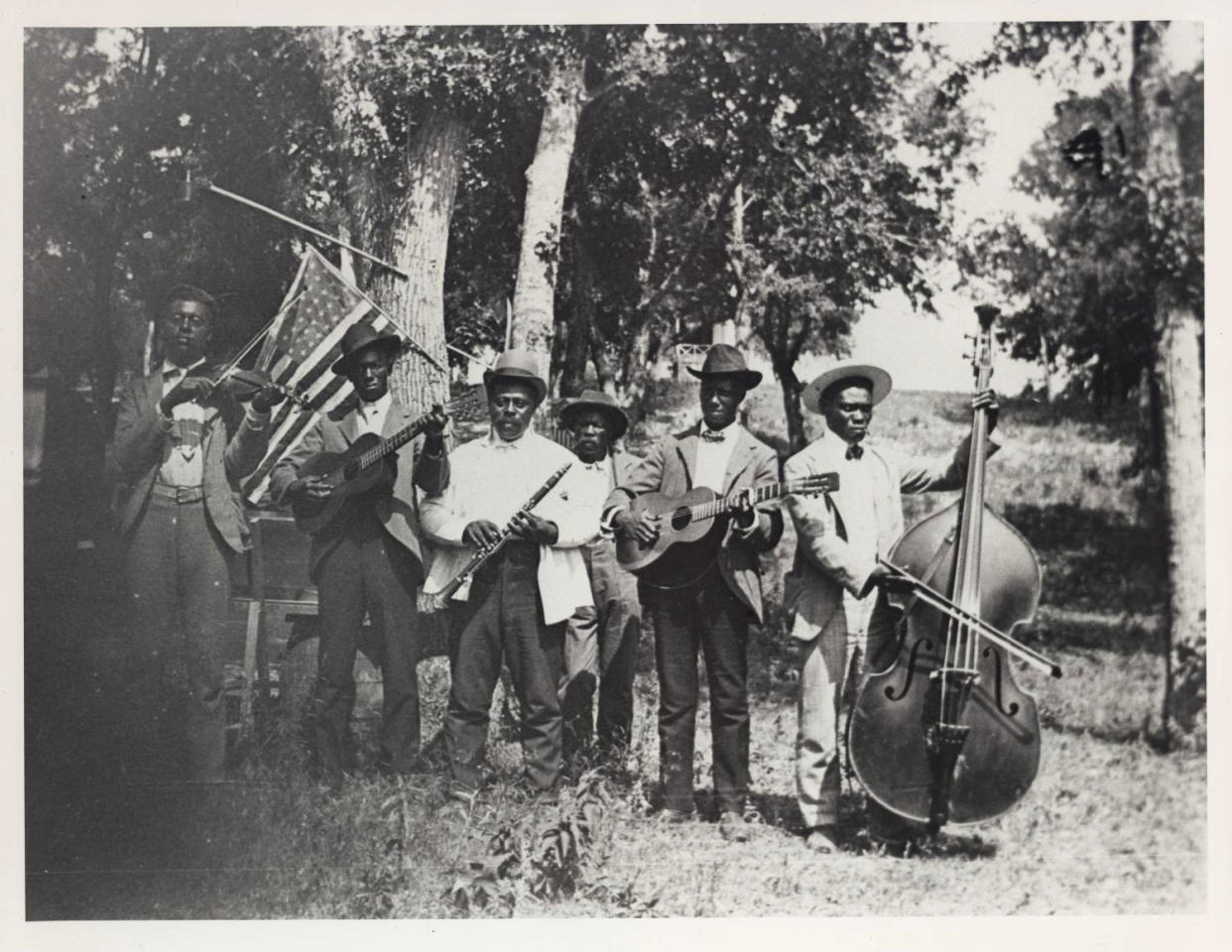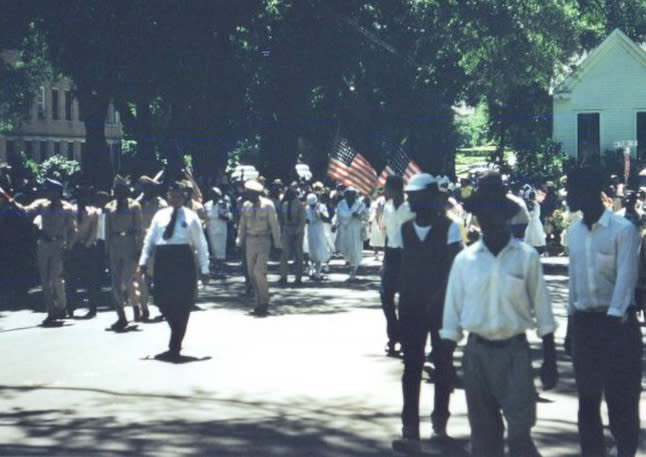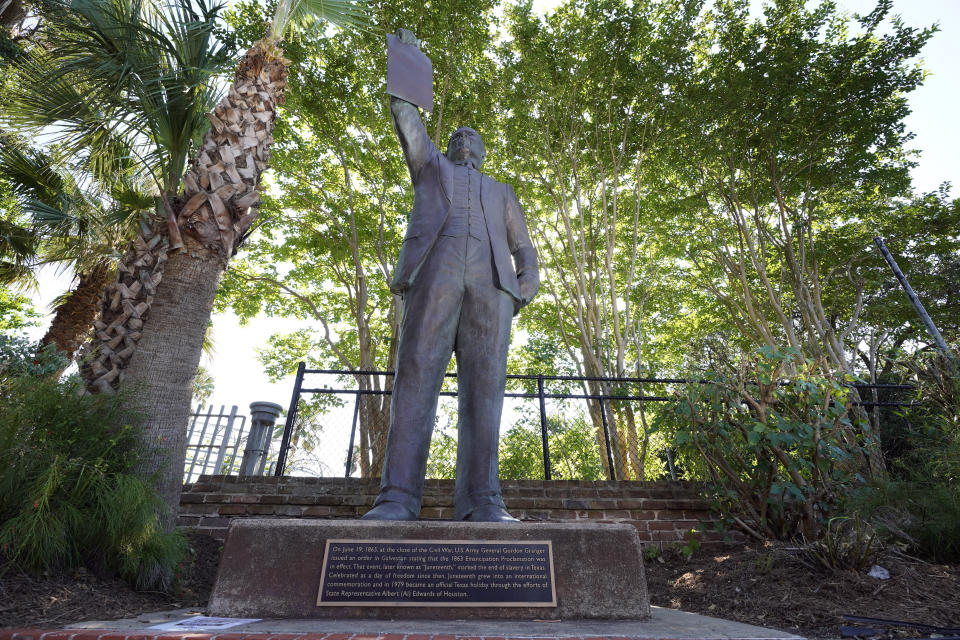Juneteenth, Decoration Day and the memory of 'these honored dead,' Black and white

Growing up in Natchez, Miss., in the ’50s and ’60s, I had never heard of “Juneteenth,” the celebration of the end of slavery in America that took place two states over in Texas. It will be commemorated today with programs, marches and other festivities in communities in the 47 states where June 19 is now an official holiday.
June 19, 1865, which has come to be known as Juneteenth, is the day that Union Army Maj. Gen. Gordon Granger finally arrived in the Texas port city of Galveston, one of the last Confederate outposts, with a stunning announcement known as General Orders, No. 3: “The people of Texas are informed that, in accordance with a proclamation from the Executive of the United States, all slaves are free.”
Texas was the last state to receive the news that President Lincoln’s Emancipation Proclamation had, more than two years earlier, abolished the enslavement of nearly 4 million African-Americans, including 250,000 in Texas.
The news set off spontaneous celebration among the freedmen of Galveston, and beginning in 1866, community events, parades, cookouts, prayer gatherings and musical performances inaugurated Juneteenth. The annual event has continued and spread from a largely Texas tradition to a national celebration of African-American freedom and culture, and a way to empower young people with a sense of their own history. Juneteenth became an official state holiday in Texas on Jan. 1, 1980.
This year, in the wake of the Memorial Day death of George Floyd, an African-American man, under the knee of a white police officer in Minneapolis, which sparked nationwide protests, Juneteenth is a potent reminder of how America’s past and present are inextricably connected. Acknowledging an awakening, over 20 major corporations announced they will either honor or recognize today as a paid holiday for their employees as a nod to support for the Black community, according to CNBC. They include Google, JP Morgan, JCPenney, Target and Nike. General Motors announced it will hold moments of silence at its plants in American cities. There is also renewed push to make Juneteenth a federal holiday.
The new mood is a welcome change, but it is also a reminder that African-American history, which is to say American history, has many hidden figures, traditions and customs.
As a youngster, I was never taught about Juneteenth. But in Natchez we had our own annual unique event celebrating the end of slavery, which also commemorated and honored the participation of African-American ancestors in their own liberation. It was known simply as the “30th of May.’” It was and still is that rare ceremony in the South that celebrates the Union cause in the Civil War, and the valor of the soldiers — “these honored dead,” as Lincoln called them in the Gettysburg Address — who fought and died for that side.

Like Juneteenth, the 30th of May was a daylong celebration of fun, barbecue, snow cones and hot dogs. It kicked off with an early-morning parade across the Mississippi River Bridge from Natchez in Vidalia, La., and snaked through the downtown district. Flag-carrying veterans, church society women in their white uniforms and regular citizens swelled the ranks as the marchers streamed into the National Cemetery. Vendors with food stands lined the street, and inside the grounds, the marchers placed flowers and flags on the headstones under the sound of a brass band and military gun salute.
I was probably 8 the first time I attended a 30th of May event with my parents and siblings, and even then I was aware that for all the fun and food, there was something serious and important that we were celebrating.
As I would learn later, we were honoring a remarkable and little-appreciated aspect of the Civil War, and the role that runaway slaves played in turning the war into a battle for freedom. Fifty years before the war, Natchez, the oldest European settlement on the Mississippi, had been the site of “Forks of the Road,” the second-largest domestic slave trading center in America. Then, after Union troops arrived in the city in July 1863, the Forks became a staging ground for the liberation of thousands of former slaves.
When the Grand Army of the Republic (GAR), a fraternal organization of Civil War Union veterans, both white and Black, began the national tradition of Decoration Day in 1868, Natchez’s Union casualties, nearly all Black, were interred on the site that is now the Natchez National Cemetery.
In his 2001 book “Race and Reunion: The Civil War in American Memory,” Yale historian David Blight traces the first events of what became known as Decoration Day, and what is now known as Memorial Day, to May 1865, after the first Union troops, including the 21st Colored Infantry, entered Charleston, S.C. At a planters’ racetrack that had been converted into an outdoor prison for Union soldiers in the war’s last year, a group of Black workmen descended on what had been an impromptu mass burial ground for hundreds of Union dead. They reburied them properly and built a high fence around the compound with the inscription “Martyrs of the Race Course,” Blight recounts.

Thousands of Black schoolchildren, Black women carrying baskets of flowers and wreaths, and regiments of Black and white Union soldiers joined in a march to the former slaveholders’ racecourse on the first Decoration Day.
Most Southern states would not officially recognize Decoration Day because it honored Union soldiers, says Darrell White, director of the Natchez Museum for African American History and Culture, which was established in 1991 by NAPAC, the Natchez Association for the Preservation of African American Culture.
But in Natchez, where the transition of Black people from slavery to freedom and citizenship came with a heavy price of blood, the 30th of May pilgrimage to the National Cemetery became a lasting tradition.
While word of the Emancipation Proclamation was a long time coming to the enslaved people of Texas, they may have taken some satisfaction in the knowledge that their brethren weren’t just waiting to be told they were free. Almost 200,000 “self-emancipated” Black men had enlarged the Union forces elsewhere in the South and helped seal a Union victory.
Vern E. Smith is the former Atlanta bureau chief of Newsweek.
_____
Read more from Yahoo News:


